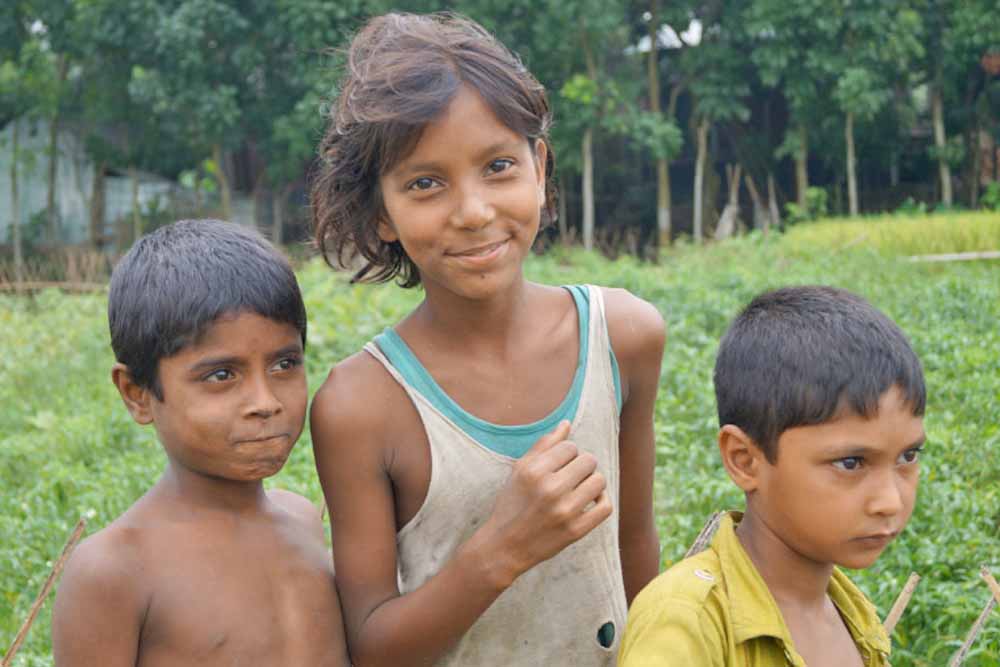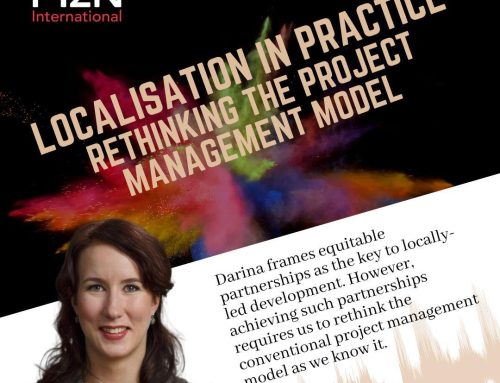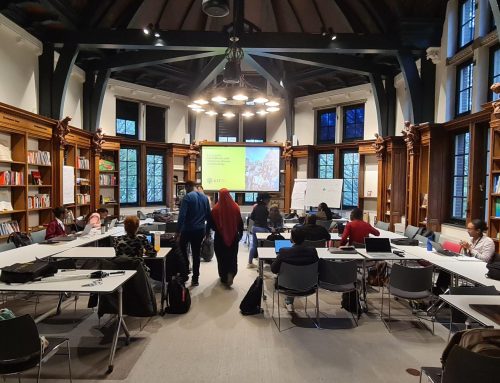Answers to the question of how best to help the world’s poor out of poverty and bring opportunity and development to a country usually include some of the familiar buzzwords: economic growth, political stability and an effective government.
Development professionals, politicians and academics certainly weight the importance of each factor differently. Although there are many others, most would not give a country a chance to develop in the absence of political stability and good economic growth.
Bangladesh, the “Basket Case”
It is not surprising, therefore, that Bangladesh was once denoted a “basket case” by Henry Kissinger’s state department and that a book published five years after the country’s independence in 1971 dubbed it “…The Test Case of Development”. Bangladesh, so the consensus view held, would always depend on foreign aid. And if, against all odds, development was to be made possible here, surely it could work anywhere.
Over the past decades, these odds included one famine, three military coups and four devastating floods. And as predicted by the critics, economic and wealth development has not been impressive. Even today, Bangladesh remains on of the poorest countries in the world. Per head GDP is only USD 1,940 (at purchasing-power parity)1, compared to USD 3,620 in India and USD 2,880 in Pakistan. More than 43 per cent of Bangladeshis continue to live on less than USD 1.25 per day, compared to 33 per cent in India.
Economic growth has been at a meager 2 per cent for most years since independence, moving only to 5 per cent since 1990. India, on the other hand, has been growing at 8 per cent or more for much of the past 20 years (Sources: World Bank 2011).
Defying the “Washington Consensus”
Yet, over the past two decades, the living conditions in Bangladesh have improved so drastically that it is now considered a model of development. Life expectancy has increased by 10 years and Bangladeshis now live on average four years longer than Indians, despite the latter being twice as rich. More importantly, these improvements are shown thoroughout the society, poor and rich.
Other indicators show equally impressive improvements. Girls’ education has soared with more than 90% now in primary school, compared to less than half of that only 10 years ago. Child mortality has decreased by two-thirds and maternal mortality by three-quarters. In 1990, 62 per cent of children were underweight, compared with 36 per cent in 2007 (and 44 per cent in India in 2007). In 2008 an impressive 94 per cent of all infants were immunised, 30 per cent more than in 1990 and almost 30 per cent more than in India today.
Bangladesh has defied the belief that economic growth underpins all development.
What Bangladesh has done here, is defy the “Washington Consensus”, the belief that economic growth underpins all development. This outdated view is rightly criticised by many pointing to countries with excellent economic growth but little development gains. Bangladesh, however, achieved something more fundamental: development without growth.
How did a country, shockingly poor, crowded and insecure do this? How did Bangladeshis improve their lives despite frequent natural disasters, famine and political turmoil including armed conflict? One of the major reasons for this success is the central role that non- governmental organisations (NGOs) have in Bangladesh.
BRAC: The Innovative NGO
NGOs in Bangladesh have found a way of supplementing and often replacing state social nets, fighting poverty and targeting aid that makes them very effective.
For example, BRAC, which started out as a small relief operation to distribute emergency aid in eastern Bangladesh after the independence war, is, today the largest international NGO from the Global South. More than three- quarters of all Bangladeshis have benefitted from one of BRACs activities and today the organisation employs more than 60,000 people. Its programmes are estimated to reach over 110 million people, managing an annual budget of nearly USD 500 million and continuing to grow strongly.
But size was not the key reason for its success. BRAC managed this formidable impact by placing efficient, sustainable operations at the core of everything it does. Its management went beyond the concept of self-sufficiency by applying social entrepreneurship principles, requiring each activity to eventually be self- sustainable. This way BRAC has evolved from being fully donor-funded to over 70 per cent self-financed today.
The other reason is that BRAC did not limit itself to one mandate. Instead it does practically everything, from showing mothers how to rehydrate a child suffering from diarrhea to legal assistance. BRAC worked with the government to run huge tuberculosis inoculation programmes whilst independently setting up primary schools to provide a safety net for state school drop outs. After starting its microcredit operations, BRAC found that loan takers struggled to sell the surplus goods (mostly milk, eggs or building material) they produced. In an entrepreneurial manner, BRAC set up food processing facilities, buying the products of its microcredit clients. Today, BRAC run textile plants, clinics, dairies, a bank, a packaging business and even driving schools to improve road safety.
Innovative NGOs such as BRAC embody the nature of development. They have a central role in Bangladesh’s success.
This innovative NGO embodies the nature of development, i.e. that one problem leads to another. But instead of limiting its mandate following a traditional management notion of focussing on one area, it has expanded its activities in order to fix the complex and interdependent problems Bangladeshis face. Instead of taking money from governments and private donors, BRAC has made self-sufficiency and operational efficiency a priority in all its operations, allowing the organisation to be truly independent and able to choose to partner with others as required, or not.
Development Gains Without Economic Growth
Of course, there are many other reasons why Bangladesh has defied the Washington Consensus. Other NGOs have had similar success, social businesses are on the rise, government programmes aimed at educating women about contraception have been very successful and remittances from Bangladeshis working abroad send wealth back to the country where employment is hard to come by. And despite all this, Bangladesh remains poor, crowded and badly governed.
But, at least in part due to its innovative, efficient and broad- thinking NGO sector, Bangladesh has been able to bring substantial improvements in living condition to its people. It has achieved this by regarding sustainability not as “the new kid on the block” of the development debate. It is the new norm. And this principle can facilitate vast development gains, even without economic growth.






